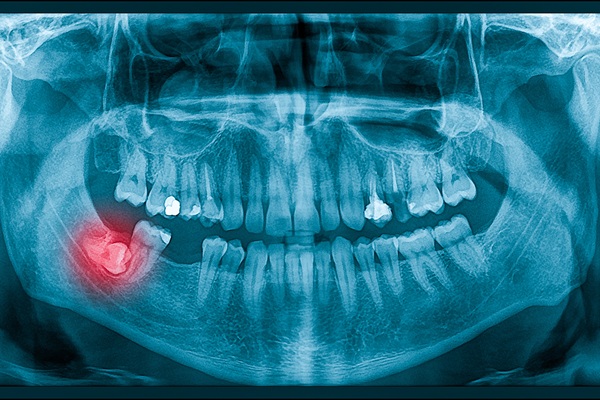Wisdom Tooth Extraction: What to Expect and How to Prepare
If your dentist has mentioned that you need to undergo a , you would probably want to learn everything that you can about the procedure. Teeth extraction is a common procedure that rarely results in complications, so do not panic. This article covers what to expect during the procedure and how to prepare.
Preparing for the procedure
Begin by asking the dentist many questions about the procedure. The dental professional will be happy to provide answers that will ease your mind. It is normal to be curious about the recovery, the risks and how long the procedure will take. Asking questions will help patients get the information they need to prepare for what is coming.
One good thing about wisdom teeth removal is that it is usually performed on an outpatient basis. This means patients can come in for the procedure and leave the same day. If general anesthesia will be used, it is advisable to plan for an adult to drive them back home after the treatment.
Also, for anesthesia, it is possible that there will be restrictions on what and when to eat ahead of the procedure. For instance, the dentist might recommend fasting from the night before the appointment, since the anesthesia might cause nausea and vomiting. The instructions need to be followed closely.
Patients need to remember that it might not be safe to use prescription drugs before the procedure, so they should ask their dentist on what to do if there is a drug that they take daily. Even if it is an over-the-counter med, the dentist still needs to know about them. If antibiotics are provided, they need to be used according to the dentist’s instructions to prevent infection.
What to expect
Not every wisdom tooth extraction is the same; some are more complicated, particularly if the tooth is infected or impacted. Typically, to extract a wisdom tooth, the oral surgeon will begin by making an incision in the gums to expose the tooth properly. Afterward, they will remove some bone to reach the tooth and take out the tooth completely.
After completing the extraction, the dental professional will clean the area, close the wound, if needed, then place a piece of gauze over the area to promote the formation of a blood clot and stop bleeding.
After the procedure
The dentist will provide instruction on the proper ways to care for the mouth after the extraction. Patients will need to keep their heads up and apply a cold compress to alleviate the swelling. The dentist will also recommend pain medications to use and rest to promote healing. It is better to avoid brushing or rinsing the mouth for at least a day after the treatment. It is advisable to stick to a diet of soft foods and liquids to avoid irritating the area.
In conclusion
It is normal to feel anxious about undergoing a wisdom tooth extraction, but following the dentist’s instructions should make the process easier. You should start to feel better within a few days after the problematic teeth are gone. To learn more about the procedure, book an appointment with the general dentist.
Request an appointment here: https://www.somersetsmilestudio.com or call Somerset Smile Studio at (732) 649-1140 for an appointment in our Somerset office.
Check out what others are saying about our dental services on Yelp: .
Related Posts
It may take a few days to become accustomed to Invisalign®, as with any orthodontic device. Continue reading to find out more about how Invisalign may affect speech. Invisalign trays fully cover the teeth, giving them a somewhat thicker appearance and feel. Some individuals may notice a little, transient alteration in their speech for the…
Traditional metal braces and Invisalign® are two of the most common options for teeth straightening. Continue reading to discover the differences between Invisalign and traditional braces. When deliberating between the two options, you might ask questions about their effectiveness and cost. However, the goal is to choose the treatment option that would get the best…
Invisalign® is a breakthrough orthodontic technology that uses a series of transparent aligners to enhance the look of crooked, overlapping, and gapped teeth. If you are considering using Invisalign for your orthodontic treatment, you may be curious about how often you would have to go for checkups and what happens during those appointments. Continue reading…
Implant restorations are a highly effective solution for replacing missing teeth, offering patients a durable, natural-looking option that restores functionality and aesthetics. They involve a process that combines the surgical placement of a dental implant with the creation and attachment of a prosthetic crown or other dental appliance. Take a look at this step-by-step guide…
